The fragrance you wear tells a story. It tells your story, or at least a part of your story. Scent is an invisible communicator of who you are. Think of it as a final accessory that compliments your outfit or your mood and choose your scent or perfume for the day or evening accordingly.
Fragrance and scent are incredibly powerful. Fragrance, emotion and memory are intrinsically linked. When you smell something your brain is recording how you feel so when you experience that smell again, you are transported back to the first time you encountered that smell.
Our sense of smell is the most powerful sense with a direct link to the brain that can transport you back in time. Research suggests that 75% of our emotions are caused by what we smell, and we are 100 times more likely to remember what we smell than what we see or hear.
In this article, we’re going to explore fragrance and scent in light of personality. We’ll look at the history of fragrance, then go onto link scent to the 7 dressing styles, and the 16 Style Types. Come with us on a heady tour into the land of fragrance!
The History of Fragrance
Fragrance has a fascinating history, we have been perfuming ourselves for over 6,000 years. The word perfume is derived from two words, par and fumum, meaning through smoke. Perfume originated in Mesopotamia, where the ancients used to burn fragrant woods to communicate with the gods, but it first became an art form when the Egyptians began blending complex spices, resins and flowers.
Ancient perfumes were oil based. The first time perfume oils were mixed with alcohol to create what we know as modern perfume was in the 14th century in Hungary to create what was known as Hungarian Water. Queen Elisabeth used to drink it and was renowned for her great beauty.
Perfume and fashion first crossed paths when Paul Poiret launched his perfume in the early 1900’s, however it is Coco Chanel that was the trailblazer for bringing perfume and fashion together.
When it comes to perfumes, we are entering into territory of chosen scent. Perfumes are the scents that we specifically decide to be part of our style. As unseen as scent is, it’s a potent piece to add to our style repertoire.
There are many different ingredients in perfumes. The most obvious one is flowers, but the perfumier doesn’t stop there, they also use the whole plant – blossoms, bark, fruit, leaves and roots. Included in many perfumes now are much more from the botanicals – grasses and ferns, mosses, herbs and spices along with synthetic compounds that recreate some of the animal perfumes that are no longer produced. The final scent is one which is layered with many different ingredients and ‘notes’.
Scents are broken up into categories with the four main notes being Floral, Fresh, Woody and Oriental. These are further broken down into more specific fragrances such as citrus, leather, oceanic, and powdery amongst others.
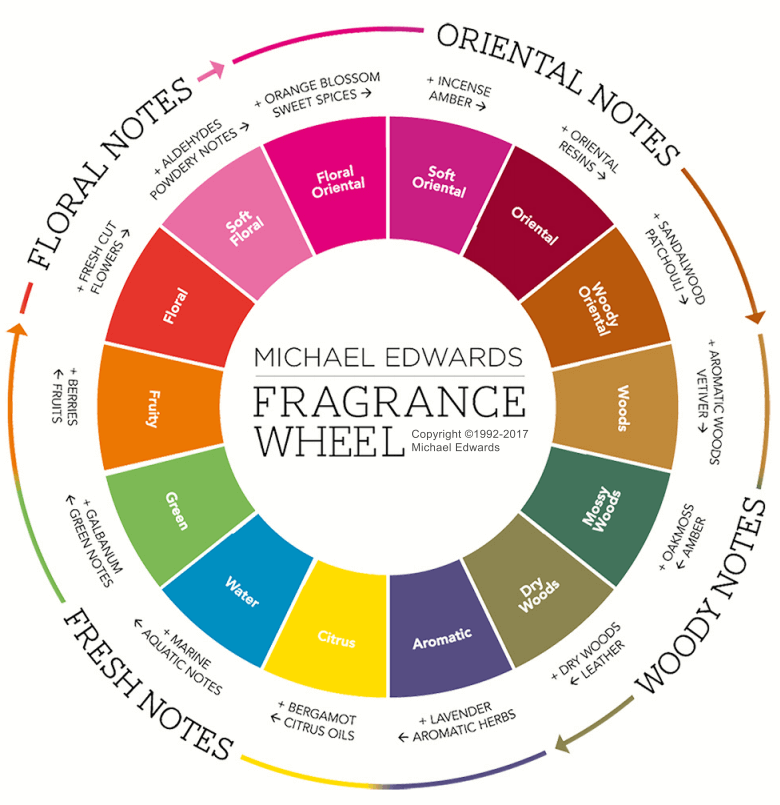
You can see in the Fragrance Wheel, which was developed by world-renowned fragrance expert Michael Edwards, how these different fragrance notes fit together. It’s based on olfactory perception and shows the relationships between the different scent notes.
How Does Your Perfume Work With Your Personality Dressing Style?
What makes you choose a perfume?
- Do you just love how it smells on you?
- Is it an association with someone or a certain time in your life?
- Is it the name and what it evokes in you (and we know an iNtuitive who wears Intuition because of the name, not the smell!).
- Or is it the beauty of the bottle that attracted you to it?
- Do you wear it because your significant other likes it on you?
There are so many reasons why you may choose a certain fragrance (and we’d love to know why you wear what you wear – and your type – please do share in the comments here!).
As we’ve discussed in previous blog posts on Choosing a Leopard Print that reflects your personality, and along with the Little Black Dress and the shoes you might choose to wear are all related to who you are on the inside and how you want to express that on the outside through your image and style.
Scent selection is another aspect of this external expression of who you are. Following a stimulating conversation with Samantha Taylor of The Powder Room, an Australian expert in fragrance, we’ve put together a guide on the kinds of perfumes you might choose based on your dressing style and psychological type.
Each of us will have preferences for a few of the dressing styles while others will feel totally foreign, in that “I don’t go there” way. You may also find that you use different dressing styles, or combinations of them for different aspects of your life – such as your work world, or your social life, being very different in how you express yourself through your clothing and image.
You may find that you are drawn to more than one of the different scent categories that have been selected for each dressing style, as you may want to wear a very different fragrance to work than the one you wear on date night!
Classic
The classic dressing style is epitomised by the business and corporate world. It’s clean, structured, uncluttered and always appropriate. It exudes power and professionalism with its crisp button-up shirts and blazers.
Fresh Floral, Aldehyde. These clean fragrant notes give the impression of fresh breezes and quiet classic glamour. Florals transform into soft bouquets in fragrant notes of jasmine, rose, iris and lily of the valley. Transitioning easily from day to evening, scent here may be a signature fragrance that is understated and timeless that you dab behind your ears and may carry a small bottle in your bag for a spritz in the afternoon.
Example fragrances are Arpege by Lanvin, Blanche by Byredo, White Diamond by Elizabeth Taylor and Chanel No. 5.
Relaxed
The relaxed dressing style is easy going and casual, it’s unpretentious and unfussy. Clothing is always comfortable and practical, commonly made from stretch knits or denim for their wash and wear ease.
Woody, Aromatic. Fragrances that are down to earth and straightforward – fresh, natural, simple. With fragrant notes of zesty citrus and lavender, sweet spices and oriental woods, harmonies of cedar, patchouli, pine, sandalwood and vetiver. Not fussy, or floral just natural, herbaceous and comforting. May chose to wear scented body lotion if you find fragrance too overpowering.
Example fragrances include Aqua Allegoria by Guerlain, Gris Clare by Serge Lutens, Walk On Air by Kate Spade, Chance Chanel Au Fraiche.
Dramatic
The dramatic dressing style is bold and exciting. It demands attention and is expressed through bright colours, sharp lines and larger scale elements of design or accessories.
Oriental, Amber, Heavy Florals. Rich, seductive and intense fragrances that are daring and bold. Opulence in the form of musk, cinnamon, cardamom, vanilla and animal scents together with flowers and woods, enhanced by camphorous oils and incense resins. Here fragrance may be applied liberally with the understanding that the perfume you wear announces who you are. May enjoy matching bath oils and body lotions to make the fragrance last longer on the skin.
Example fragrances include Opium by Yves Saint Laurant, Carnal Flower by Frederic Malle, Habit Rouge by Guerlain, Flowerbomb Nectar by Viktor & Rolf.
Creative
The creative dressing style is a little quirky and different. It’s expressed through unique pieces, asymmetry and unusual construction and says that there is more to you than meets the eye.
Green. Dynamic fragrances that are stimulating, original, and intriguing. As with other elements of style, you may like to experiment with fragrance and enjoy fragrances from a few different families such as Spicy, Woody and Floral. You may match your fragrance to your mood and clothing for the day, evening, or event and may be attracted to artisan perfume brands.
Example fragrances include B Balenciaga by Balenciaga, Eau de Lierre by Diptique, Devin by Aramis, Vent Vert by Balmain.
Rebellious
The rebellious dressing style is an expression of your need to be unconventional and non-conformist. You don’t follow the traditional dress code or believe it’s important to dress like others. Metal hardware, meaningful slogans or a body-con look may express your style.
Leather and Gourmand. Fragrance is part of making a statement. May have a vast array of fragrances that can vary from sweet playful gourmands to striking and edgy leather fragrances. Fragrance notes can vary from honey, tobacco, wood and wood tars that allude to leather, to notes like vanilla and tonka bean designed to resemble food flavors. Along with clothing and accessory choices, scent style here is hard to pigeonhole. May be attracted to underground perfume brands.
Example fragrances include Cuir de Ruisse by Chanel, Lolita Lempicka by Lolita Lempicka, Angel by Thierry Mugler, Coffeeze by J.U.S.
Feminine
The feminine dressing style expresses your warm, nurturing and caring nature. You love being a woman and like to dress in a womanly way, in soft fabrics, floral prints and clothes that show off the female shape.
Floral, Powdery. Soft and delicate fragrances that settle like silk on the skin. You like your fragrances to be as pretty as your clothing choices and select perfumes that are not overpowering. Gentle and romantic, soft and sweet scents – roses, jasmine, lily frangipani, lilac, floral notes are many and varied, ranging from a single floral note to mixed floral bouquets. They linger close to the body and leave a soft trail of fragrance as you float by.
Example fragrances include Pleasures by Estee Lauder, Iris Poudre by Frederic Malle, Bluegrass by Elizabeth Arden, Elixir Pour Femme Essence by Roja Parfums.
Elegant Chic
The Elegant chic dressing style is sophisticated and poised. With fine high-quality fabrics like silk and cashmere, an elegant understated look and attention to detail in grooming and outfit selection, you are always well-dressed and put-together.
Chypre. Stylish and distinctive fragrances that are dry, mossy wood style fragrances. Fragrant notes include bergamot, oakmoss, patchouli, and labdanum. Along with other elements of style, perfume here meets the standards of exceptional quality and effortless charm and style. May enjoying having set fragrances for day and others for evening to keep this part of your style streamlined and uncomplicated.
Example fragrances include Knowing by Estee Lauder, French Affair by Ex Nihilo, No. 19 by Chanel, Bottega Veneta Knot Aeau Absolue by Bottega Veneta.
The 16 Style Types and Fragrance
As we have already learned, scent is deeply personal. How each of the 16 Style Types will choose to incorporate scent into her style expression will vary from woman to woman and the specific scent she chooses will factor in many elements, not just her Style Type.
But we know that understanding your Style Type helps you see patterns in your style, including how you are internally motivated and what your attitudes might be to style elements. And scent is no different – it is another form of style expression, after all!
Each of the 16 Style Types can and does refer to and use each of the 7 dressing styles – at different times, for different occasions and audiences, to achieve different outcomes, and in different forms of expression. The way the Style Traditionalist ESTJ may draw on the Creative dressing style will differ from the way the Style Artisan ISFP will draw on it, for example.
We have set no limitations or prescriptions on how each of the 16 Style Types accesses the 7 dressing styles, although in our Style Type Report we do describe the way in which each Style Type may be attracted to using each of the 7 Dressing Styles and how they can best access each of the dressing styles to express their personality in an authentic way.
We have grouped our 16 Style Types and their attitude and motivations toward scent according to the second and fourth letter of their type code: the SJs, the SPs, the NJs, and the NPs. We believe there are clues in these letters which will help us unpack how each of the 16 Style Types thinks and feels about scent.
Sensing-Judging Types
There are four SJ Types – Style Traditionalist ESTJ, Style Organizer ISTJ, Style Adviser ESFJ, Style Friend ISFJ. They are often considered the most averse to change, and generally prefer for things to stay the same. A driving need is often for stability, and usually security too.
When it comes to their approach to scent:
- They may have an established attitude toward perfume and scent – they wear it, or they do not. No grey area.
- If they do wear a scent, it could be a ‘signature scent’, or at least a consistent scent, where they wear the same scent/perfume all the time. The scent may have personal significance (especially if given as a gift or chosen through careful consideration, thought, and analysis) giving further weight to the need for stability and not changing their approach to scent or the perfume they wear.
- They may not give much thought to this aspect of their style, especially if they have an established perfume they wear – it’s “done and dusted”, not a style category that requires re-opening, re-examining or… (gasp) changing.
- They may need a Very Good Reason to consider changing their approach to scent. If SFJ they will need a good reason linked to significant or influential people in their lives. If STJ they will need a good logical reason to consider changing what they do now.
Sensing-Perceiving Types
There are four SP Types – Style Explorer ESTP, Style Maverick ISTP, Style Celebrator ESFP, Style Artisan ISFP. These Types are the go-with-the-flow, in the moment responders to their environment. Often highly observant, they don’t usually have carved out plans (for anything) although they like to get things done and are very pragmatic.
Their responsiveness is a key quality when it comes to their approach to scent:
- They may love to try new scents and perfumes, and enjoy walking through major department stores where there’s a “spritzer” at every turn, waiting to give you a squirt of the latest perfume on the market.
- They may have a large wardrobe of perfumes, perhaps drawn from many sources including gifts, overseas trips where duty-free makes perfume a quick and easy purchase, to impulse purchases from the aforementioned “spritzers” in-store.
- If they have a large wardrobe of scents, their challenge may be to whittle them down to a few that really serve them, that really support their authentic style essence and their authentic style expression – rather than the scattergun approach that has resulted in the many choices they have now.
- If STP, a good internal framework containing a logical criterion for deciding on which perfumes to try would be helpful. If SFP, a connection to what really matters to them (internal values) will help them home in on the best scent/perfume choices.
iNtuition-Judging Types
There are four NJ Types – Style Powerhouse ENTJ, Style Scientist INTJ, Style Connector ENFJ, Style Enigma INFJ. They are confident in their ideas and are great at making connections, then diverging their ideas to an often very streamlined set of actions.
When it comes to an attitude toward scent:
- Will likely enjoy a range of scent options if they’ve decided scent is a part of their style expression – most likely will have more than one scent in their wardrobe, although it may be a range of perfumes and oils for example. Options are important as they will choose scents on mood and occasion.
- May have hard and fast rules about scent – it’s either yes or it’s no. Will rely strongly on iNtuition as a source of information – they will simply know where perfume/scent sits in their style expression.
- If scent is a part of their style identity, they will know when a perfume suits them, or not. The perfume will be part of their style vision, even if they hadn’t put it focus just yet.
- For NTJs, no amount of convincing will influence them to wear a scent they know is not right for them. For NFJs they may struggle to not wear a perfume they know isn’t right if it’s been gifted to them – the relationship with the giver will influence them.
iNtuition-Perceiving Types
There are four NP Types – Style Chameleon ENTP, Style Theorist INTP, Style Inspirer ENFP, Style Original INFP. They are catalyzers who enjoy and are excellent at sparking ideas and creating possibilities.
Often change makers, their motivations when it comes to perfume and scent:
- A wide variety of possibilities exist in this group, from those who have an obsession with perfume and collect it (whether or not they wear all of their collection or not) to those who have never even given a single moment’s thought to scent and perfume and their place in style expression. May even consider scent to be insignificant and not worthy of time or effort.
- Scent is best used to facilitate possibilities and ideas. If scent is a brand-new consideration, then tapping into the creative possibilities that scent can bring to the wearer’s life and style will help them engage with it.
- If scent is an existing interest (or even a passion) then brainstorming all the possibilities that defining a ‘signature scent’ or a wardrobe of scents which amplify and enhance other style elements can bring may help the wearer to put scent into proportion.
- NFPs should ask if scent is important to them and if so, how important? NTPs will benefit from asking where does it help, where does it hinder, what are the guidelines for use?
Scent and Your Body Chemistry
One last factor to include in this perfume and type equation is that your skin will change the way a scent smells. On one person a fragrance may smell divine, on another, it may smell terrible. Your body chemistry can change the way a perfume smells which is why it’s so important to try a fragrance on before you buy rather than just spray it onto a card.
It’s very challenging to be specific about what kind of fragrance you might wear – in addition to the personality and dressing style piece, you have the body chemistry piece. For example, you may love a powdery floral fragrance because it suits your personality and Dressing Style profile, but a specific perfume may smell fusty and old on you – not fresh and floral. You can refine your approach to choosing a fragrance by checking out this post by Samantha Taylor on how to choose a fragrance here.
The world of fragrance is highly saturated, with so many choices available to us. This is another reason we love Michael Edwards fragrance finder where you can learn more about different scents and then find scents similar to the ones you love!
We’d love you to tell us your favourites and your Style Type – leave a comment here and let us know which perfumes you love.
Samantha Taylor is proudly perfume obsessed. With more than 25 years experience in the beauty industry working with prestige brands and for the past 15 years specialising in artisan perfume Samantha spends her time consulting on fragrance, conducting Perfume Master Classes, creating fragrance, cosmetics and beauty products and dreaming up unique perfume events. You can find her at The Powder Room in Melbourne.
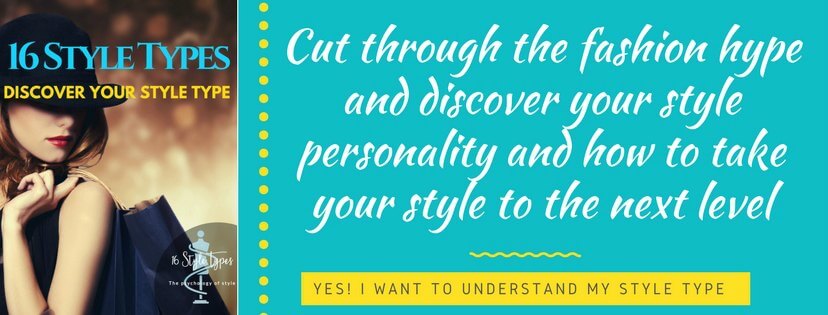
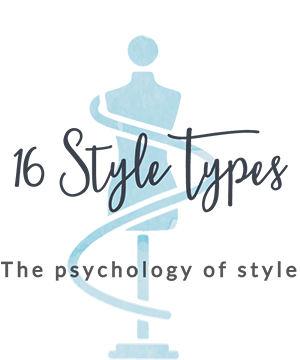
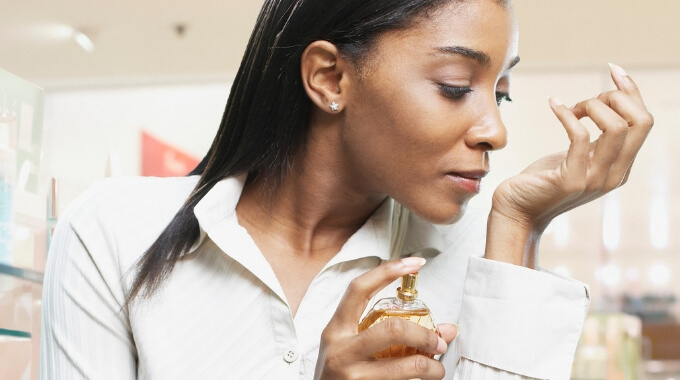

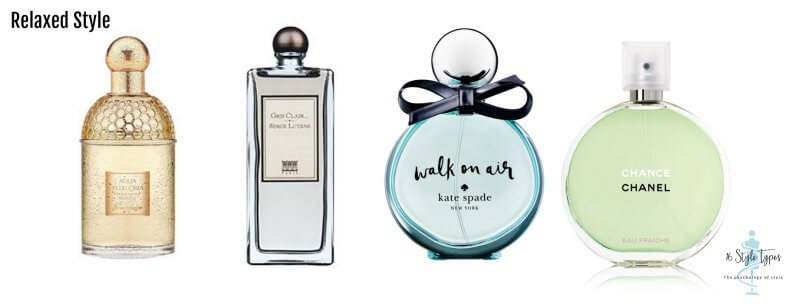
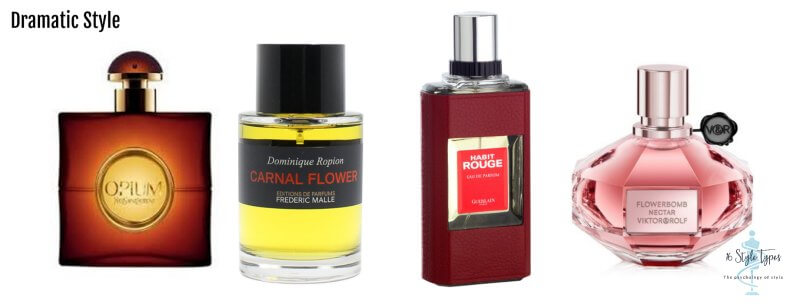
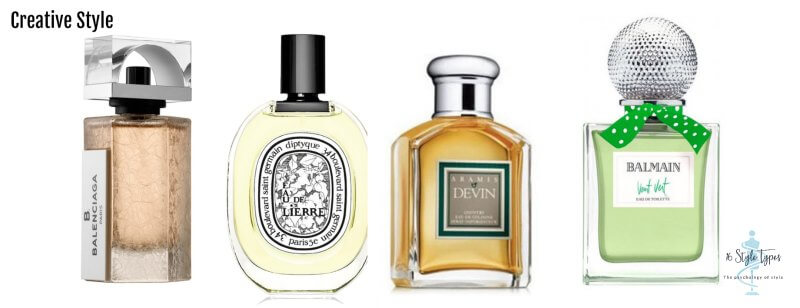
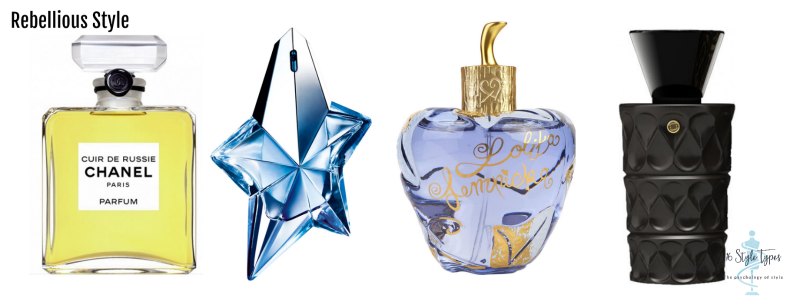
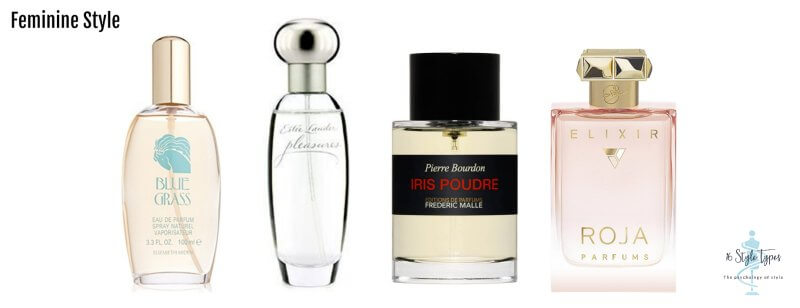
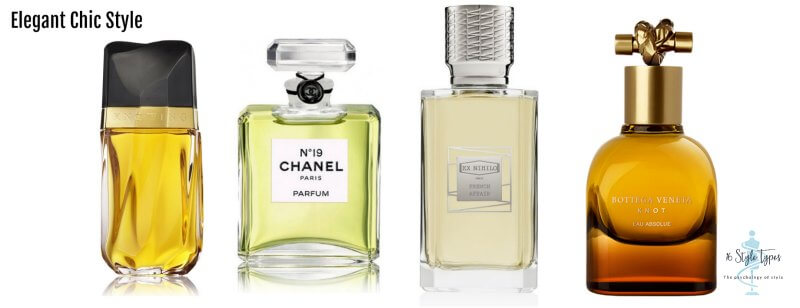

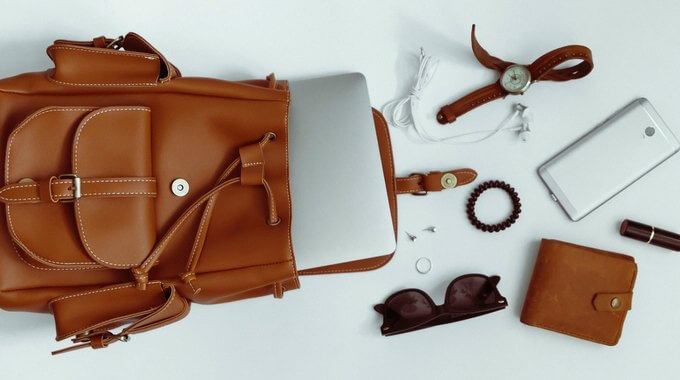
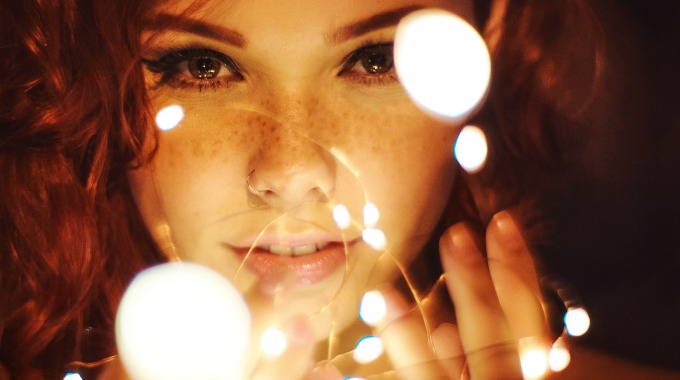

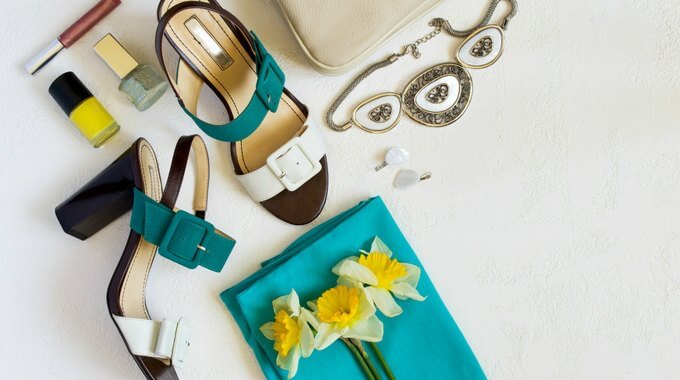
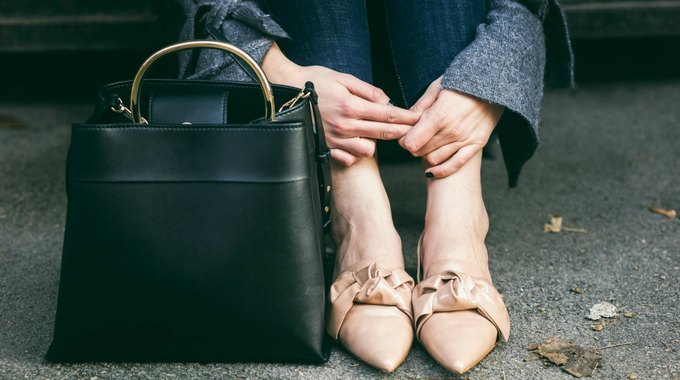

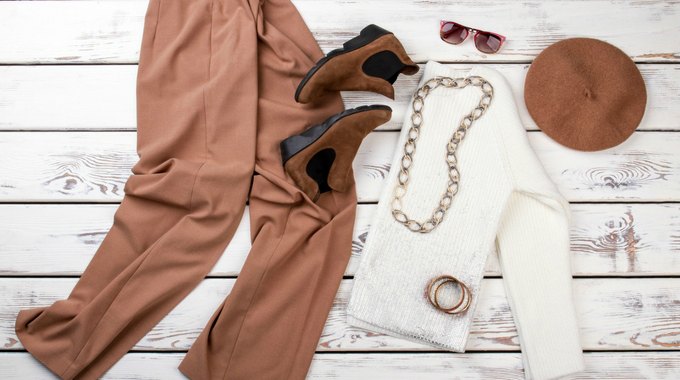
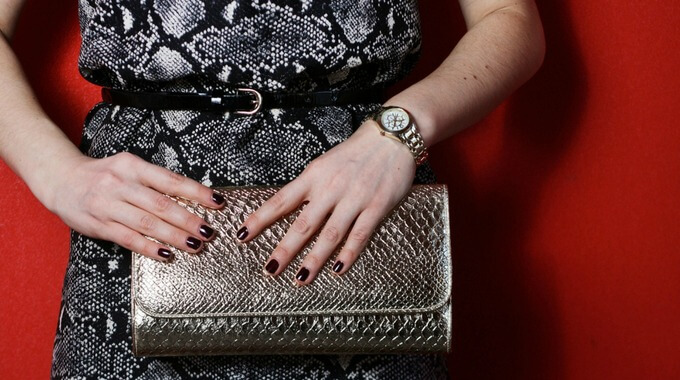

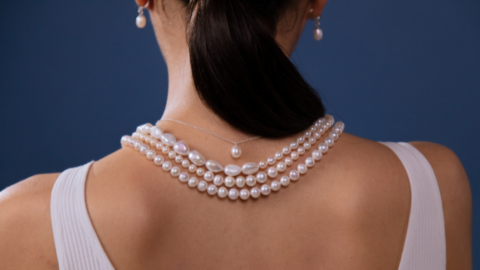

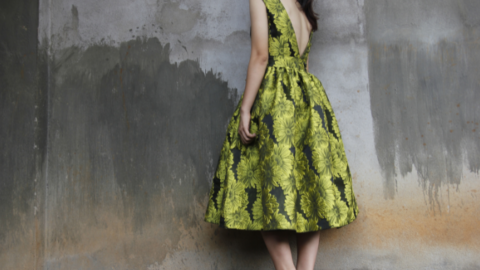
I’m an INTP, but I do not think that this has anything to do with my attitude toward scents. Over time I have developed a very strong (increasingly strong) aversion to artificial scents. Essential oils are fine, perfume and perfume oils are not. This extends to all possible uses of artificial scent, such as cleaning products. There must be some ingredient in perfume that is not in essential oils. I experience perfume as being too “loud,” so to speak. It overwhelms everything else. I can’t even think through it. If I wear a scent, my favorite is a mix of equal amounts of lavender and clove essential oils.
Thanks for reading and sharing your attitude/approach to scent. Not all aspects of style can be related to one’s Type, and it’s an individual thing: for some scent/fragrance is inextricably linked to their Type, for others (like you) not so much (or not at all). Always important to apply these concepts with a discerning attitude, which you’ve clearly done. Good to see!
Hello Jill,
Again a very interesting article and so well written! I adore scents and I wear them daily since my 18th birthday – a long time ago :-) I belong to the ENFP group and I like diversifying my perfumes. The range includes Green, Soft Floral, Floral, Soft Oriental, Woody to Chypre. Of course, I have managed to wear some of them only during days/nights and depending on the seasons. My style is a mixture of relaxed/elegant chic – I call it Natural Elegance.
Here are some of the scents I am wearing, used to wear and some have made a comeback in my collection.
Spring/Summer – Day
– Calandre from Paco Rabanne (first gifted perfume)
– Aire from Loewe
– Eau de Coriandre from Jean Couturier
– Baiser Volé from Cartier
– Misia from Chanel
– La Pausa from Chanel
– IO from Carthusia
– Fiori di Capri from Carthusia
– Mariella Burani
Autumn/Winter – Day
– Private Collection from Estée Lauder
– Aromatics Elixir from Clinique
– Secrets de Rose from Rosine
– Liu from Guerlain
– Joy from Patou
– Ombre Mercure from Terry
– Eau d’Amouage
– 1000 from Patou
– Le Baiser du Dragon from Cartier
In the evenings I wear mainly extracts. They are not heavier than the Eau de toilettes. It’s just a more intimate way of wearing perfumes.
– Mitsouko from Guerlain
– L’heure Bleue from Guerlain
– Quelques Fleurs from Houbigant
Most of the new perfume launches are very common, they nearly all smell the same and therefore, I, seldom buy one of them. And, I hate when a perfume gets reformulated for the sake of selling.
I’ve also a funny way of choosing a fragrance. The name of the fragrance must appeal to me -) I must be able to imagine things, places, skies, stories (I guess possibilities?).
Then I try it on my skin AND it must meet the imagination I’ve made prior in my head. LOL – Needless to say that very often it goes wrong and I remember telling the salesperson “this is not what I thought or imagined”.
Thank you for sharing the fragrance finder and the post of Samantha Taylor. The way she explains how Bombay Sapphire has been conceived is exceptional.
Have a nice day.
Catia
Thanks Catia – what an interesting relationship you have to scent and fragrance, so enjoyed reading that, and could see your preferences for ENFP coming through! Thanks for reading, glad you enjoyed the post.
Thank you for such an interesting and informative article. I’m an INTJ and absolutely LOVE the scent of Sandalwood. I was broken hearted when Crabtree and Evelyn stopped making their Indian Sandalwood products!
I have been using Estee Lauder’s Knowing for almost 30 years now! Shocking I know, but it just suits me so well that I’m not very tempted to change. Having said that, several years ago I decided that I wanted a lighter scent for summer and discovered Estee Lauder’s Sensuous. They are the only two scents on my vanity and based on your article, I can see that I’m firmly (and happily) in the Woods.
hi Linda – thanks for reading and so glad you enjoyed this piece! We are finding all kinds of fascinating links between the 16 Types and various aspects of style… scent/fragrance was such an intriguing one to explore!
Kate Testing
INFP here. I have worn my signature scent-Chanel #19-since it was introduced in 1971. I was 17 then. My style words: Elemental Creative, Relaxed Rebel, Quietly Quirky. This perfume is most definitely me.
INTP, scent, like sound, touch and visuals, can be extremely distracting. I have to be in the right frame of mind to even think of it and then I have to be very careful to choose the one from my collection that will fit my need to concentrate. Lightness is important. And really liking all the layers and all the scents in each layer. Yes, I do have a collection. Rare Rubies by Avon, le Jardin by Max Factor, a trio from Tocca and Cinderella by Sephora. I don’t wear the Tocca ones, they’re sentimental. The rest I do like.
Upon reflection, I most often select scents by walking by someone and feeling like I MUST HAVE THAT NOW. I can’t count the number of times I’ve stopped a stranger to ask what they’re wearing. Of course, I have quite a few bottles of Hm That Doesn’t Really Smell Like Me After All as a result.
I also love to shop for scent on trips. That way whenever I wear it, I’m transported back there.
Current, enduring favorites
So Elixir by Yves Rocher – in Bergamo, my friend Laura SMELLED SO YUMMY. And she gave me a bottle. I wear this when I want to feel lovely and friendly.
Chanel Chance, fell in love and have never gotten over it. I wear it when I want to feel confident and elegant.
Neroli anything. I want to eat it, bathe in it and have its babies.
Oh. ENFP. My style words, Authentic, thoughtful, quirky
I don’t see a correlation between perfume and clothing style. Not everyone adheres to only 1 style or 1 signature perfume. Most people tend to wear a perfume to fit the mood they feel that day
By complete coincidence, my top 3 perfumes were all made by the same perfumer despite being from different designers. I found this out after I had already bought or planned to buy them.
Maybe the perfumer is an ENTJ?
INFJ. I have always loved wearing perfumes since my early 20s (I’m 68 now) but have a relatively short list as I stay with a perfume for a long time. My early favourites were “Y” by YSL, Opium by YSL, Chanel #19, Coco, Krizia, Sonia Rykiel, Gianfranco Ferre (I experimented the most in the 80’s) and for the last 20 years I’ve worn The One by D&G in the colder months and I’m searching for a new warmer weather scent, but have worn Leau d’ Issey (Miyake) and Cashmere Mist by Donna Karon and Shi by Alfred Sung.